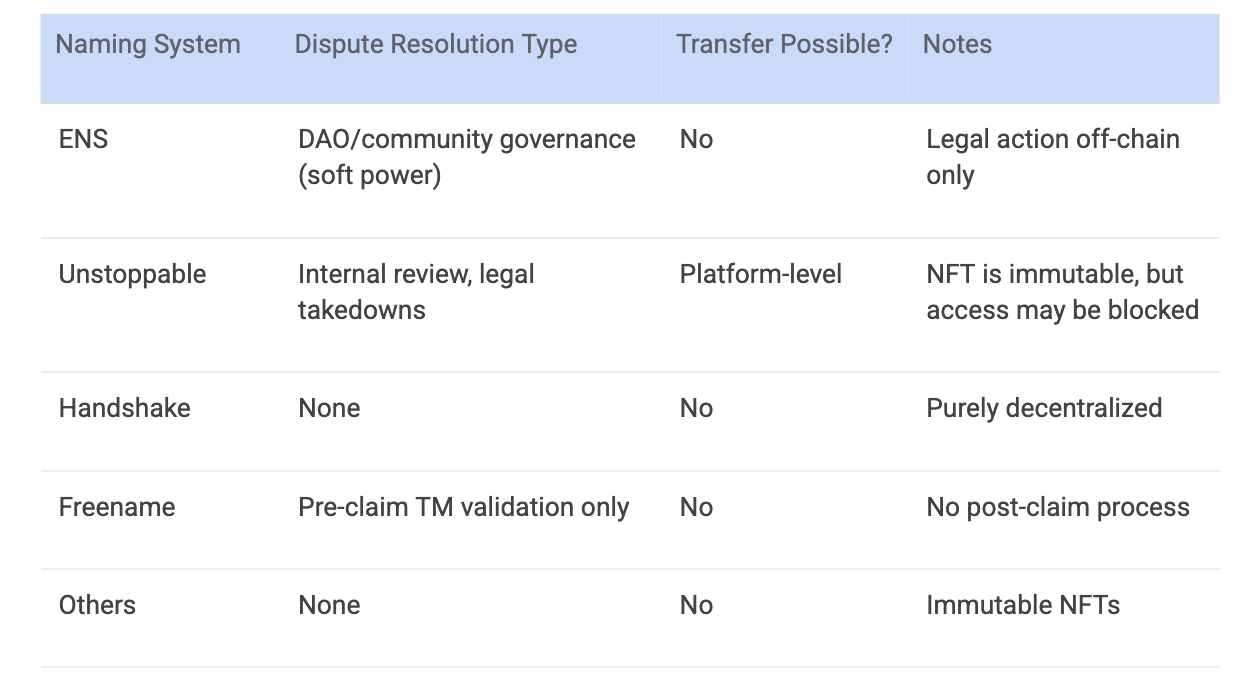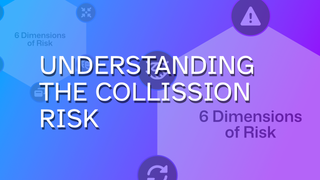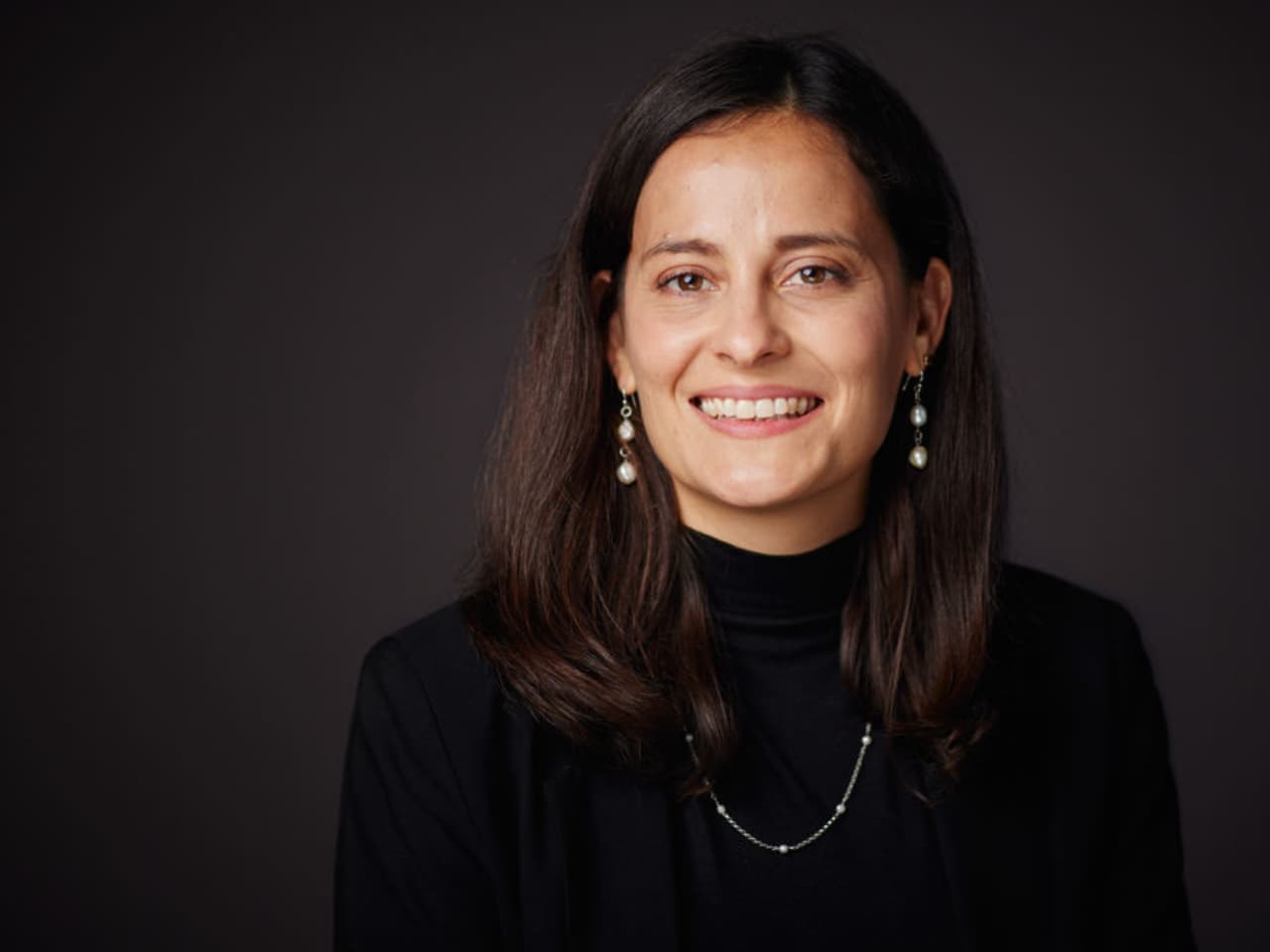Published 25 July 2025
Mapping Blockchain Domain Providers: 10 Key Findings from Oxford Information Labs and AFNIC

In recent years, blockchain-based naming systems have emerged as a parallel framework to the traditional Domain Name System (DNS), offering an alternative way to assign human-readable identifiers to web services, wallets, and Web3 applications.
While still early in their development compared to the DNS, these systems are gaining momentum—particularly among developers and users exploring decentralized digital identities. In 2023 alone, more than 7.2 million blockchain domain registrations were recorded across Unstoppable Domains, Ethereum Name Service, and Zilliqa Name Service. Based on quarterly DNS registration estimates across all top-level domains (TLDs) published by Verisign—359.8 million in Q4 2023—blockchain domain registrations accounted for approximately 0.5% of total domain activity in 2023. Though still modest, it signals growing interest in alternative naming models.
With the support of AFNIC, Oxford Information Labs studied 31 active blockchain domain providers to understand the shape and scale of this growing ecosystem and its potential implications for the DNS. This blog presents 10 key findings from the research, highlighting points of overlap, divergence, and potential risk relative to DNS-managed domains.
1. Two Distinct Registration Models: Top-Level Domain and Second-Level Domain providers
Blockchain providers fall into two main categories:
- Top-Level Domain (TLD) providers, such as Handshake, Freename, and Stacks BNS, allow users to create and manage their own TLDs, granting autonomy over subsequent second-level identifier registrations. Only 10% (3 providers) offer this model.
- Second-Level Domain providers offer registrations under predefined TLDs like .eth, .sol, or .ada. All 31 providers support second-level domain registrations, with some (e.g., Unstoppable Domains, Freename) acting as brokers across multiple TLDs.
Only Freename and Unstoppable are ICANN-accredited, allowing them to also sell traditional DNS TLDs (e.g., .com, .net) alongside blockchain identifiers.
2. Ethereum and Polygon Are the Most Used Blockchains
TLD Registrations are executed on various blockchains, with Polygon (19%) and Ethereum (13%) being the most common platforms due to their popularity and developer ecosystems.
3. Most Providers Are Based in the U.S. or Operate Globally
Around 26% (8) of providers are based in the United States, 16% (5) in Switzerland and 10% (3) in Singapore. A significant 21% (7) describe themselves as global, operating without a formal physical presence or legal entity.
4. Annual Renewal Is Common, But Lifetime Registrations Exist
Of the mapped providers, 71% offer annual (or biennial) renewal models while 29% provide lifetime registrations for a one-time fee.
All providers but one (Handshake which operates an auction style registration) allow instant purchases if the domain is available. However, users also face gas fees, which vary based on blockchain congestion and transaction complexity.
5. Most Registrations Require Wallet Integration
Only 6% (2 providers) offer a seamless experience comparable to traditional DNS registrations, with simple checkout and standard payment options.Around 81% (25 providers) require cryptocurrency wallet integration, introducing added complexity, and 13% (4) presented notable technical or usability barriers.
6. Wallets, Content Hosting, and Web3 Profiles Are the Most Common Services
Blockchain identifiers are commonly linked to various services. Wallet resolution is supported by 97% of providers, Content hosting (e.g., via IPFS or redirects) by 71% and Web3 profiles by 68%.
Other supported services include decentralized email, dApp authentication, messaging, and basic website builders.
7. Browser Compatibility Remains Limited
Only 13% (4) providers offer blockchain TLDs that are natively supported through browsers Brave and Opera. For most users, access still depends on browser extensions, gateways, or custom resolvers.

Bar chart of native browser support from providers.
8. DNS Integration Options Exists, But are Inconsistent
Some blockchain providers offer limited or experimental integration with DNS:
- DNS Bridging: For example, ENS supports linking .eth names to DNS domains using DNSSEC. Unstoppable Domains supports mapping to .com domains via Cloudflare settings.
- Custom DNS Servers: Handshake and others offer self-hosted, custom resolvers to handle Web3 records, including some that use DNS-over-HTTPS (DoH).
- Gateways & Redirects: Services like link3.to, pls.to, or unstoppable.link use redirect-based gateways, though these are not true DNS integrations.
9. Namespace Collisions Are a Real Risk
As ICANN prepares its next gTLD application round, there is an increased risk of TLD collisions. Popular blockchain strings like .nft, .crypto, and .wallet which are likely to be among the applied-for strings in the next ICANN gTLD round, already have hundreds of thousands of active registrations. The table below shows registrations for those TLDs with Unstoppable Domains.
Overlaps could lead to user confusion, legal disputes, brand dilution, and increased cybersecurity risks, such as phishing.

Table of TLDs identified as possible next round of gTLDs and the number of registrations on the blockchain.
10. Dispute Resolution Mechanisms Are Largely Absent
Unlike the DNS, which rely on mechanisms like the Uniform Domain Name Dispute Resolution Policy (UDRP), most blockchain domain systems have no standard dispute resolution. Some providers offer internal review processes or off-chain interventions, but in general, ownership is immutable and tied to the registering wallet.

Table of dispute resolution capabilities per provider.
Why This Matters
This analysis reveals a growing and increasingly sophisticated blockchain domain ecosystem, supporting use cases from digital identity to decentralized content. However, challenges remain—particularly around user complexity, limited browser support, and a lack of governance standards.
The most pressing issue for the DNS community is the risk of namespace collisions, particularly as ICANN prepares to open new gTLD applications. Popular blockchain TLDs are already in active use, and overlap could undermine trust and stability across both systems.
The DNS has long been a cornerstone of the Internet’s trust model. Preventing confusion and maintaining clarity across naming systems will require coordination and proactive dialogue between blockchain providers, DNS stakeholders, and the broader multistakeholder community.
To support this effort, AFNIC and Oxford Information Labs will next focus on developing a risk assessment framework to evaluate operational, legal, and technical risks where blockchain and DNS naming systems intersect.





